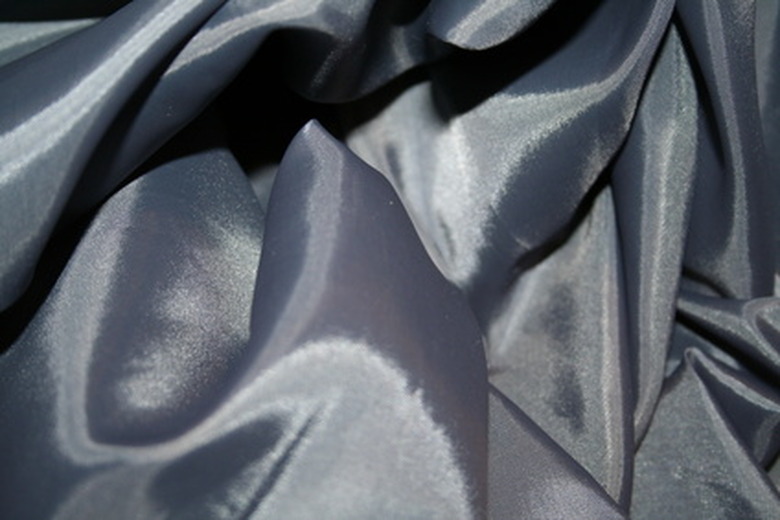Uses Of Silkworms
Various species of moths come from the larvae known as silkworms. The most common type of silkworms (Bombyx mori) has been so heavily domesticated in various countries that they no longer exist in the wild. They depend on humans for their reproduction. They eat only the leaves of mulberry trees.
Silk
Manufacturers use silkworms’ cocoons to produce silk. A silkworm’s cocoon consists of a single thread of silk that stretches to a length of 1,000 to 3,000 feet when unraveled. A pound of raw silk requires the use of 2,000 to 3,000 cocoons and the world’s silk manufacturers produce approximately 70 million pounds of raw silk each year.
Silk manufacturers domesticate silkworms and raise them in artificial settings to control how the silk gets harvested. Manufacturers kill the larvae during the harvesting process to preserve the continuous thread of the silk. If the larva breaks out of the cocoon on its own, the thread becomes broken and the silk cannot be used to produce fabric. Typically, the cocoons get boiled both to kill the larvae and to make the cocoons unravel more easily. Piercing the larvae with a needle also kills them while preserving the cocoon.
Scientific Study
Scientists use silkworms in the study of pheromones, hormones, brain structure and physiology. They also use them in studies on genetics and genetic engineering. Some of these studies aim to produce silkworms that can feed on substances other than mulberry leaves. Other studies seek to engineer silkworms that produce proteins other than those found in silk. These proteins would be intended for use in various human medicines.
Another type of study aims to determine how silkworms became domesticated. Scientists estimate that the domestication occurred approximately 5,000 years ago. In these studies, the scientists work to sequence the worms’ genomes. This will help them to determine how many different variations of domesticated silkworms exist today. They hope to further understand the genes that create certain traits in the silkworm, and this will allow them to detect mutations and make the silkworms more economically valuable.
Food and Medicine
Members of some cultures eat the silkworm pupae. Koreans create a snack food out of the pupae by boiling them in water and then seasoning them. This creates a food called beondegi.
Street vendors in China roast the pupae. The Chinese also use the dried bodies of silkworms to produce a medicine intended to relieve flatulence and bodily spasms as well as dissolve phlegm.
